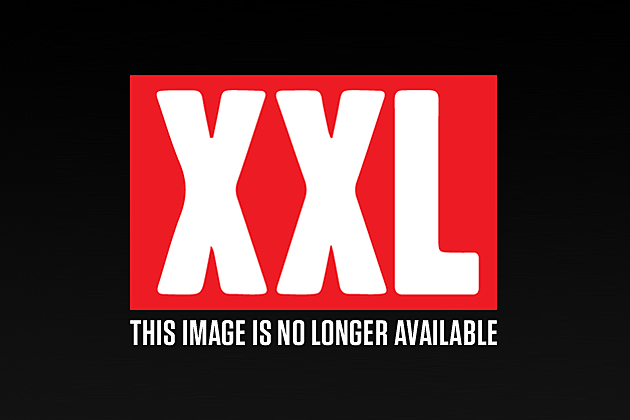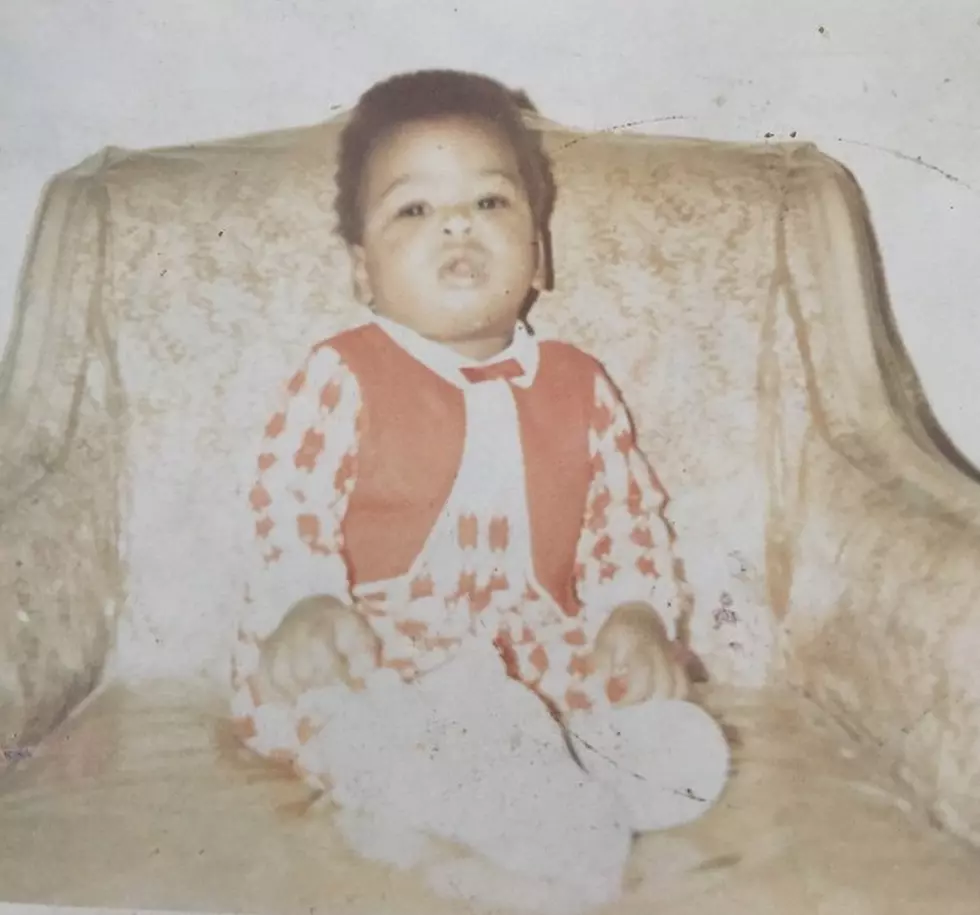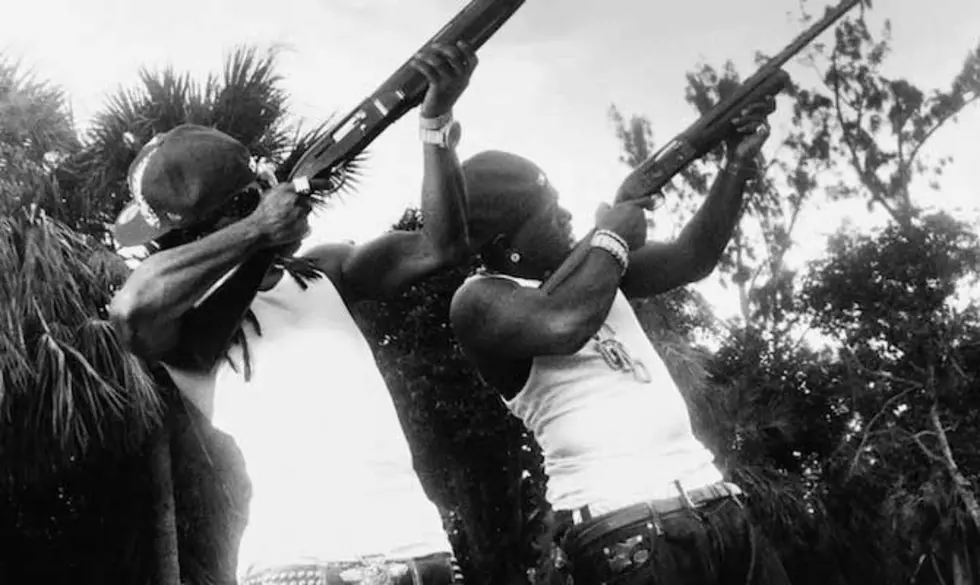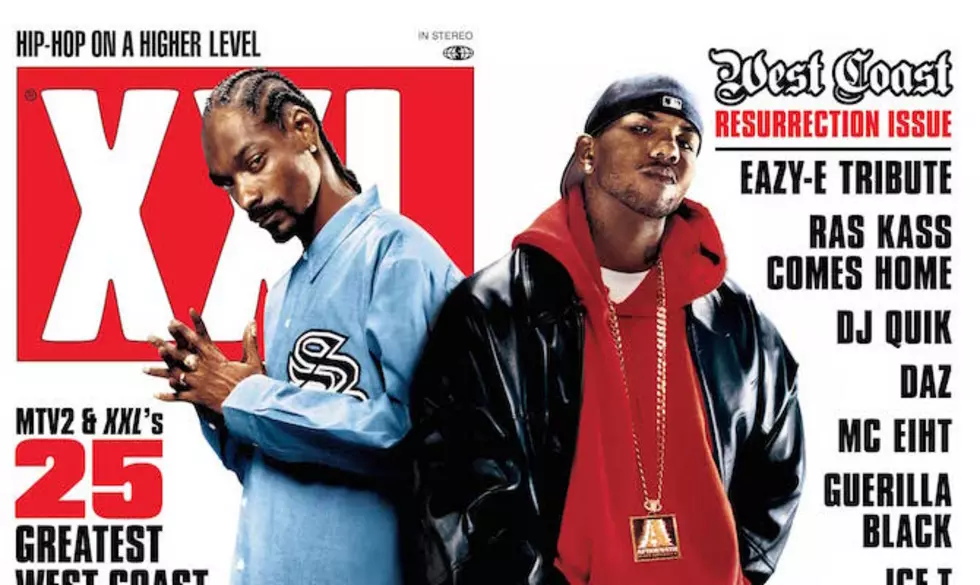
XXL Looks At Violence In Hip-Hop – XXL Issue 151
Things Done Changed
Hip-hop isn’t nearly as violent as it used to be, so why won’t the mainstream media recognize this?
Words Jeff Weiss
Editor’s Note: This story originally appeared in the October/November 2013 issue of XXL Magazine.
Outside of the 7th Ward in New Orleans, no one knew that Jamal Clay was a rapper until his 2009 arrest for second-degree murder. His anonymity didn’t stop prosecutors from using little-heard lyrics and photos on his MySpace page as evidence that 18-year-old “Yung Mal” was the leader of the Prieur And Columbus Boys gang.
After awaiting trial for nearly four years in the Orleans Parish Prison, Clay was released this April at the age of 22. A new witness had emerged to contradict the prosecution’s shaky case—one that lacked physical evidence and hinged on its ability to convince jurors that the fledgling rapper was a powerful shot caller.
“The prosecution and local media paid his music far more attention than anyone else ever had—just because they thought they could associate violent rap lyrics with the alleged crime,” says New Orleans attorney Jason Williams, who represented Clay. “The local media is still often out of touch and catapulted him into infamy that he didn’t deserve.”
The phenomenon is familiar to Williams, the lead attorney during Lil Boosie’s murder trial and subsequent acquittal last spring. As in Clay’s case, Louisiana prosecutors cited rap lyrics as alleged evidence of Boosie’s guilt. Nor is the phenomenon confined to the South. This August, New York City police officers recorded the biggest gun bust in municipal history: 254 firearms and 19 indictments.
The case broke open when narcotics investigators discovered the guns and cash-filled Instagram of Matthew Best, an unknown Brooklyn mixtape rhymer nicknamed “Neno Best.” The tabloids immediately had a field day trumpeting the misdeeds of the “aspiring rapper.” The message was clear: Whether you’re a national star or a ne’er-do-well with 100 views on your YouTube page, hip-hop music and culture remain vulnerable to mischaracterization.
“When the media says ‘rapper,’ they really mean ‘young Black male.’ It’s part of a larger pattern of demonization and criminalization that dates back for centuries,” says Atlanta MC Killer Mike. “This is a violent country, and because hip-hop is the music of today, it gets blamed. But times have changed. The gangstas behind the rappers want to keep the peace. They know violence isn’t good for business and learned their lessons from Bad Boy and Death Row.”
There’s never been a safer time to be a popular rapper. During the 1990s, long-simmering feuds led to the slayings of icons, 2Pac, The Notorious B.I.G. and Big L. In the first half of the 2000s, 50 Cent, Cam’ron and Young Buck were victims of shooting attacks, while legendary Run-DMC DJ Jam Master Jay was murdered in 2002.
But a closer look at the last half-decade reveals that most slain rappers (Dolla, Slim Dunkin, Lil Phat) tend to be largely obscure. According to the Brady Campaign To Prevent Gun Violence, over 100,000 Americans are shot each year. And despite the numerous awards show clashes and Twitter beefs that often overshadow the music, there have been no recent major incidents among rappers.
Counting music industry executive Chris Lighty, Pro Era rapper Capital STEEZ and Tyga’s artist Freddy E, there have been more suicides over the last year in hip-hop than violent acts of aggression. In fact, music’s most public brawls occurred between R&B singers, Chris Brown and Drake (Editor’s note: Okay, Drake’s not really an R&B artist but…) and Chris Brown and Frank Ocean.
“This is the diplomatic era of hip-hop. Of course, violence still exists. There’s always going to be something at the bottom, and you can’t ignore that this music was started in tough neighborhoods by tough people,” says Wu-Tang mastermind RZA. “But look at something like the Rock The Bells Festival. Ten years ago, you saw a lot of heavily tattooed black and Mexican gangbangers. Today, you still see the same type of people, but they’re no longer banging. The music has become the main source of aggression.”
That’s not to say that rappers have entirely avoided brushes with law enforcement. After all, T.I., Lil Wayne, Gucci Mane and Chief Keef have garnered headlines for various criminal indiscretions. But if you examine the most popular artists to emerge over the last several years, they represent a stark break from the gangsta rap and hard-core archetypes that ruled the charts from N.W.A through 50 Cent.
“It ain’t cool to be the street dude right now. The regular guy is king,” says Gary, Indiana’s Freddie Gibbs, arguably the best gangsta rapper of his generation. “As long as there’s competition in hip-hop, there’s always going to be tension. But there’s also the feeling that if you got to run with 20 security guards, then you really lost.”
The most popular hip-hop artists of 2013 include Kanye West, Drake, Wale, J. Cole, Macklemore and Jay Z. Save for the latter, all are introspective rappers from middle-class backgrounds whose ascent would have been unthinkable a decade ago. Even Jay Z has mostly abandoned boasts about the kilos he flipped in favor of the Basquiats he owns.
Last year’s breakout sensation Kendrick Lamar collaborated with Dr. Dre, but the themes of good kid, m.A.A.d city run counter-clockwise to the nihilistic debauchery of Straight Outta Compton and Doggystyle. With its warnings about the perils of alcoholism, Lamar’s biggest single, “Swimming Pools (Drank),” might as well be the anti-“Gin & Juice.” Of course, Snoop Dogg also epitomizes the sea change that’s occurred. The former Long Beach Crip once accused of first-degree murder has morphed into Snoop Lion, a peace-loving, family-friendly pitchman.
“The media likes to sensationalize news about celebrities, and a rapper is merely a different aspect of celebrity,” says New York criminal defense attorney Stacey Richman, who has represented Jay Z, Shyne, Lil Wayne and Ja Rule. “However, the media still often wrongly looks at being a rapper as a negative. Take someone like Macklemore: His ‘Same Love’ made an extremely positive and progressive statement that would have been shocking to many in the industry only a few years ago.”
You no longer need to only point to Jay Z, Sean “Diddy” Combs or Master P as evidence of how hip-hop has become big business. Before he was old enough to drink, Tyler, The Creator had leveraged Internet fame into his own record label, clothing line and retail store. But when a commercial that Tyler directed for Mountain Dew attracted too much negative controversy, the soda juggernaut quickly distanced itself from the Odd Future founder. Reebok did the same to Rick Ross after the Miami rapper included a date rape lyric in his verse on “U.O.E.N.O.”
With record sales permanently in the trench, money from advertisers and major corporations has become the most viable way to earn a fortune in the music business. If you can’t flash a Colgate smile that appeals to moms and Madison Avenue executives, it puts you at a disadvantage in getting signed to a major label.
The goal is no longer to get on The Arsenio Hall Show; it’s to get on Fallon and Ellen and on the mobile phone ads that play between jokes.
“It’s key for labels to try to sign the best musicians who strike an emotional nerve,” says Mike Caren, the president of A&R at Warner Music Group. “In actuality, labels generally split their signings based on what the public wants and what they anticipate the public will want, or at least if they heard it, would want.” During his decade in the industry Caren has signed everyone from T.I. and Trick Daddy to Lupe Fiasco and Flo Rida. “People like variety. If something popular becomes over-saturated, people will burn out on it and want something else,” Caren adds. “Variety is important. What’s popular will always change over time.”
This need for evolution partially explains why a generation raised on gangsta-rap posturing shifted to a more pacifistic approach. Rap lyrics may be filled with tough talk and slick jabs, but the threats now mostly disappear in 140 Twitter characters or fewer.
As hip-hop celebrates its 40th year, it’s settled into a more mature phase. Even if a stigma continues to persist, there is room for rappers to both pop molly and rock Tom Ford—so long as no actual shots are fired. And in 2013, the only place safer than Beverly Hills might be a spot on a major-label roster.
“Times have changed. Hip-hop sells everything from fried chickens to phones. You can see it even in the most conservative homes. Even [Republican congressman] Marco Rubio talks about his love of 2Pac,” says lawyer Jason Williams. “And as it becomes more mainstream, this concept that hip-hop is something to be feared or somehow tied to violence is going to go away. Not everyone has caught up yet, but they will soon enough.” ♠
More From XXL









